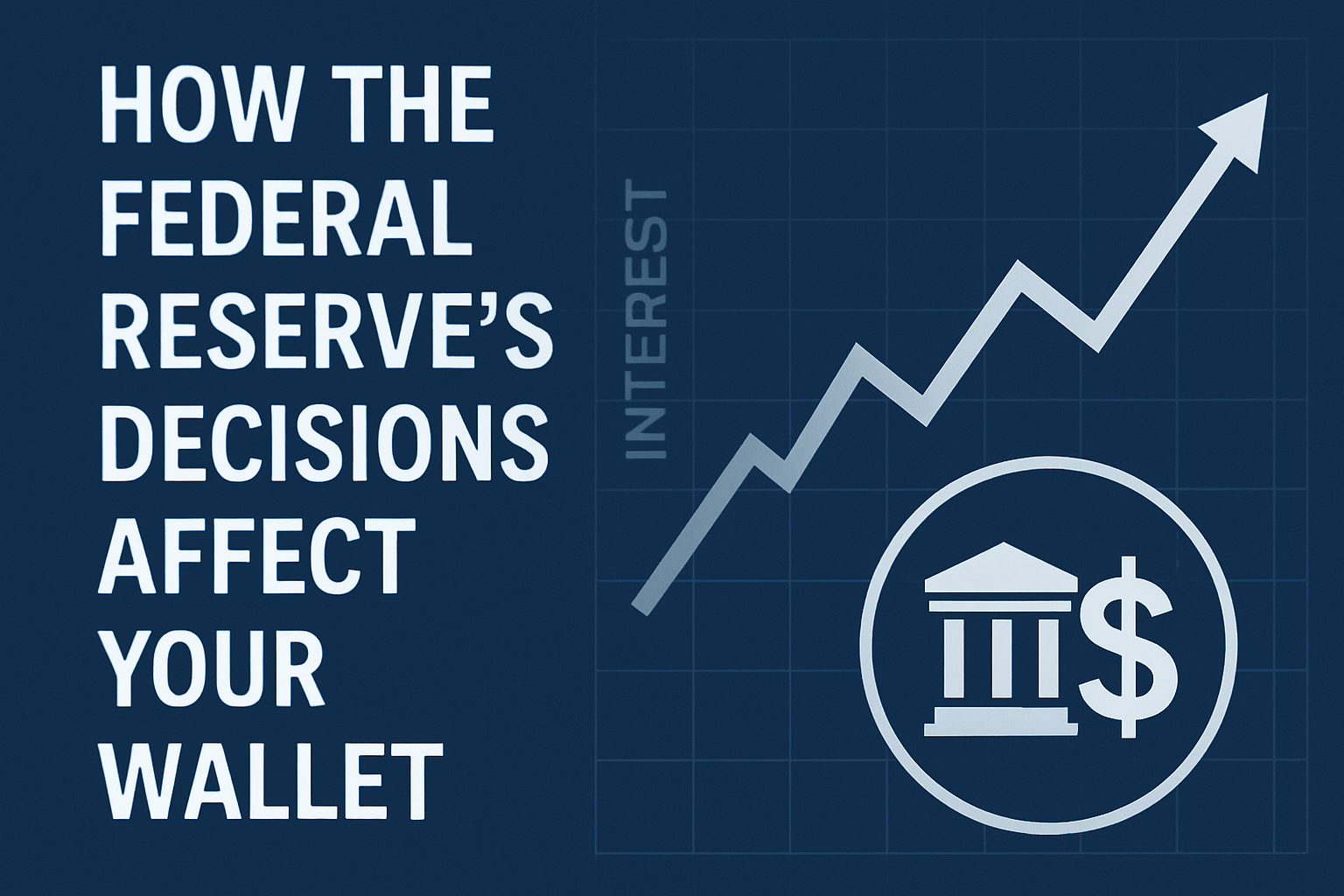Everything feels more expensive lately — and it’s not just your imagination.
From groceries to rent, Americans across every income level are feeling the squeeze.
Even as inflation cools down statistically, the real cost of living continues to climb, driven by housing shortages, healthcare costs, and services that never got cheaper after the pandemic surge.
So, what’s really happening behind the headlines? Let’s break down the numbers and the human story behind them.
1. Inflation May Be Slowing, But Prices Are Still Up
It’s true — inflation peaked in 2022 at 9.1%, the highest in 40 years.
By late 2024, it finally cooled to around 3.2%, and the Federal Reserve expects it to stabilize near 2.5% in 2025.
But here’s the catch: inflation slowing doesn’t mean prices went down — it just means they’re rising more slowly.
🧾 Example:
- A gallon of milk that cost $3.50 in 2021 might now cost $4.60.
- Even if inflation is “under control,” that higher price stays.
For many families, wages haven’t caught up fast enough to match those jumps.
(Related: U.S. Inflation Forecast: What to Expect in 2025)
2. Housing Costs Are at Record Highs
Housing remains the biggest pressure point for most Americans.
According to Zillow, the average U.S. rent in 2025 is around $2,040 per month, up nearly 30% from pre-pandemic levels.
Home prices? Even worse — the national median is now $420,000, and mortgage rates, though slightly lower than 2024, are still hovering around 6%.
🏠 Impact:
- First-time homebuyers are priced out in many cities.
- Renters face rising costs with limited availability.
- Younger generations are delaying homeownership altogether.
In cities like Austin, Miami, and Denver, the “cost of living crisis” isn’t a headline — it’s daily reality.
3. Groceries and Dining Out Are Quietly Draining Wallets
Food inflation may have cooled on paper, but supermarket shelves tell another story.
The USDA reports grocery prices up 20% since 2020, even after recent stabilization.
Top increases since 2020:
- Eggs: +40%
- Bread: +27%
- Chicken: +22%
- Coffee: +19%
🍔 Eating out isn’t better.
Restaurants, still coping with labor shortages and higher supply costs, have raised menu prices by 6% on average since 2023.
That “quick lunch” or DoorDash order adds up more than most realize.
4. Healthcare and Insurance Are Climbing Fast
Medical care is the stealth inflation Americans rarely talk about until it hits their bills.
According to KFF (Kaiser Family Foundation):
- Average family health insurance premiums rose 7% in 2024, reaching over $24,000 per year (mostly covered through employers).
- Prescription drug prices are up 20% since 2020.
- Out-of-pocket costs continue to rise faster than wages.
💬 Reality check:
Even insured Americans now avoid care due to costs — a growing red flag for public health and financial stability alike.
5. Wages Are Rising, But Real Income Isn’t
On paper, wage growth looks decent — average hourly earnings rose 4.3% in 2024.
But once you adjust for inflation, real wages have barely moved since 2019.
The result? People feel poorer even if they’re earning more.
🧠 Example:
- Earning $60,000 today buys what $52,000 did five years ago.
- Rent, groceries, and insurance grew faster than your paycheck.
This imbalance explains why consumer debt hit record highs — many are using credit to maintain the same lifestyle they had a few years ago.
6. The Regional Divide Is Growing
The cost of living gap between U.S. regions has widened dramatically.
For instance:
- San Francisco, New York, and Seattle: sky-high housing, expensive services, and low affordability.
- Dallas, Tampa, and Charlotte: once affordable, now surging due to migration and housing demand.
- Midwestern cities like Columbus or Kansas City: still affordable, but catching up fast.
📍 Trend: Americans are relocating to lower-cost states — yet even those “cheap” cities are no longer cheap.
7. Why It Feels Worse Than the Data Shows
Economists track inflation averages, but individuals experience personal inflation — the things you buy, where you live, and how you spend.
That’s why official reports don’t always reflect the frustration people feel.
A single person in New York City spending 40% of income on rent experiences inflation very differently than a homeowner in Oklahoma paying off a fixed mortgage.
Final Thought
The rising cost of living in America isn’t just about numbers — it’s about the widening gap between income and reality.
While the economy is stabilizing on paper, many households are still catching up from years of price shocks.
The challenge for 2025 isn’t inflation — it’s affordability.
Until wages, housing, and daily essentials align again, the “new normal” will continue to feel anything but normal.
(Also read: How the Federal Reserve’s Decisions Affect Your Wallet)

